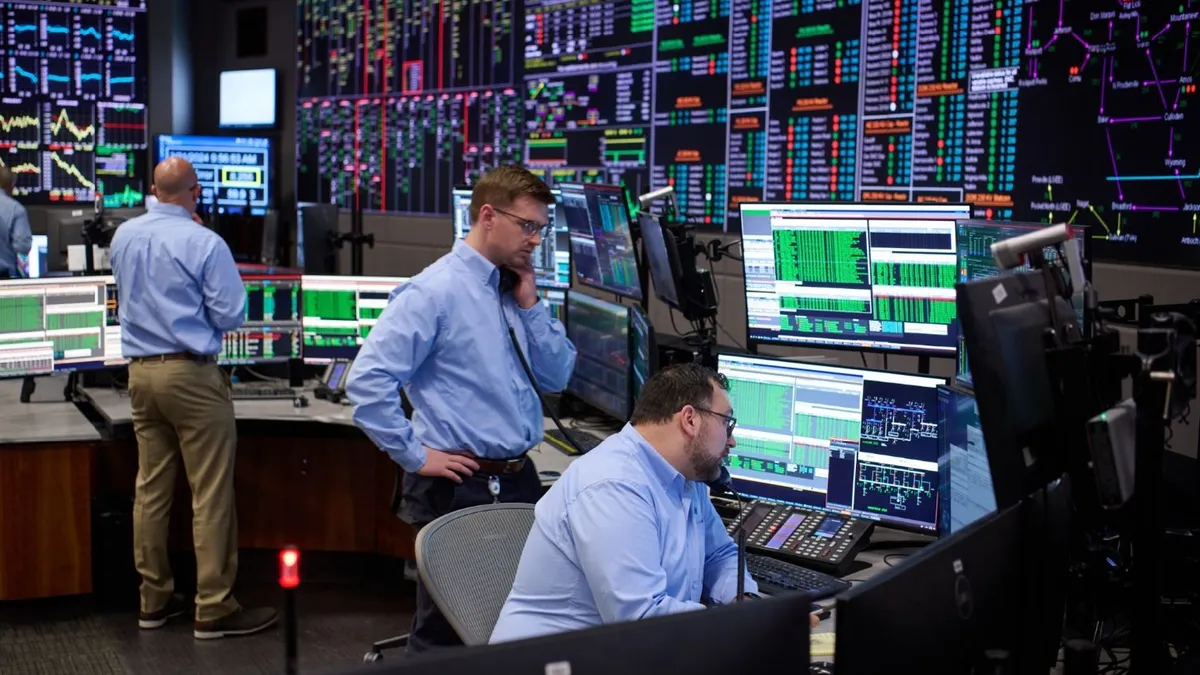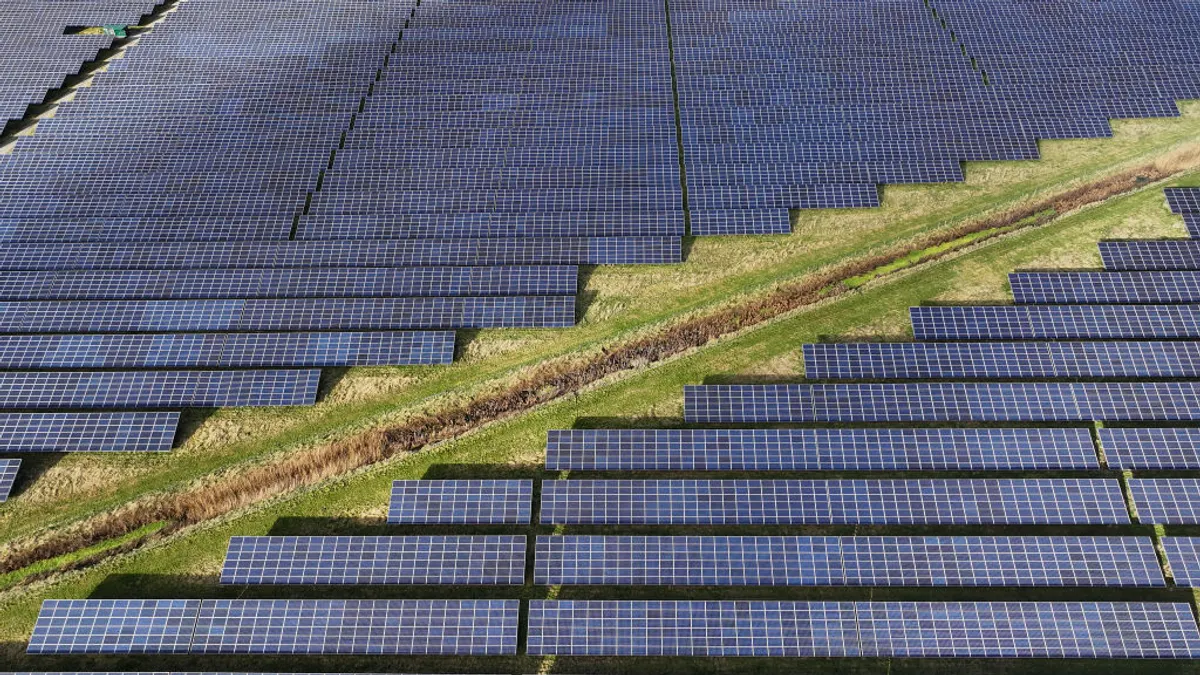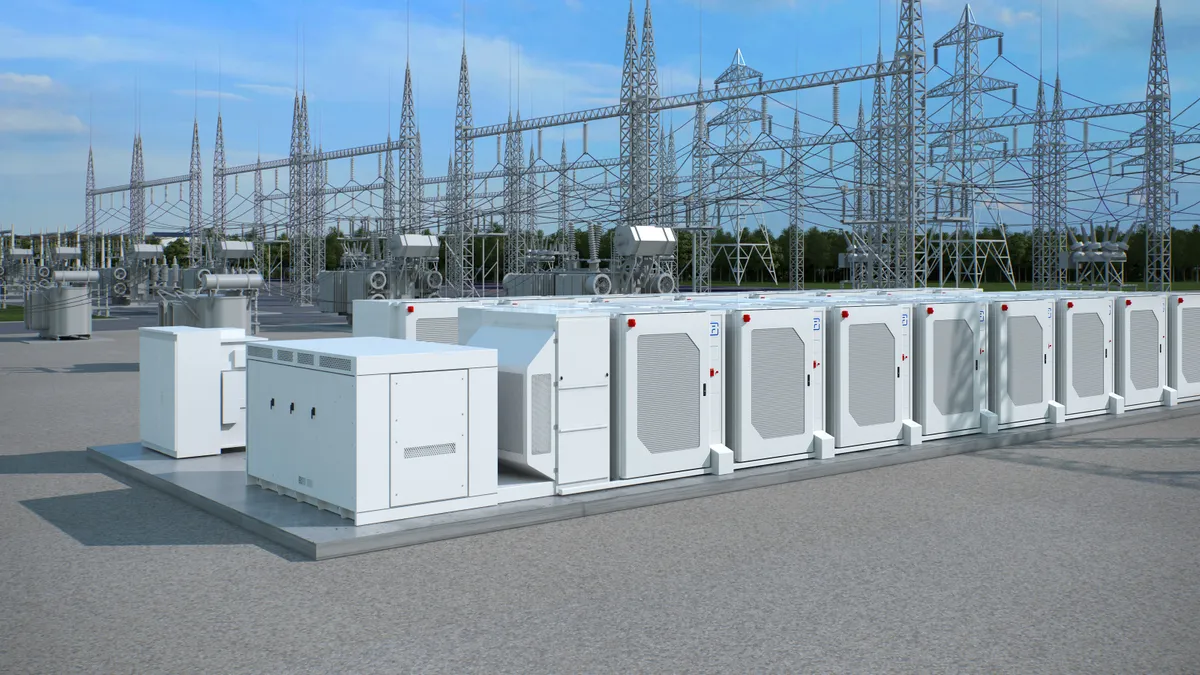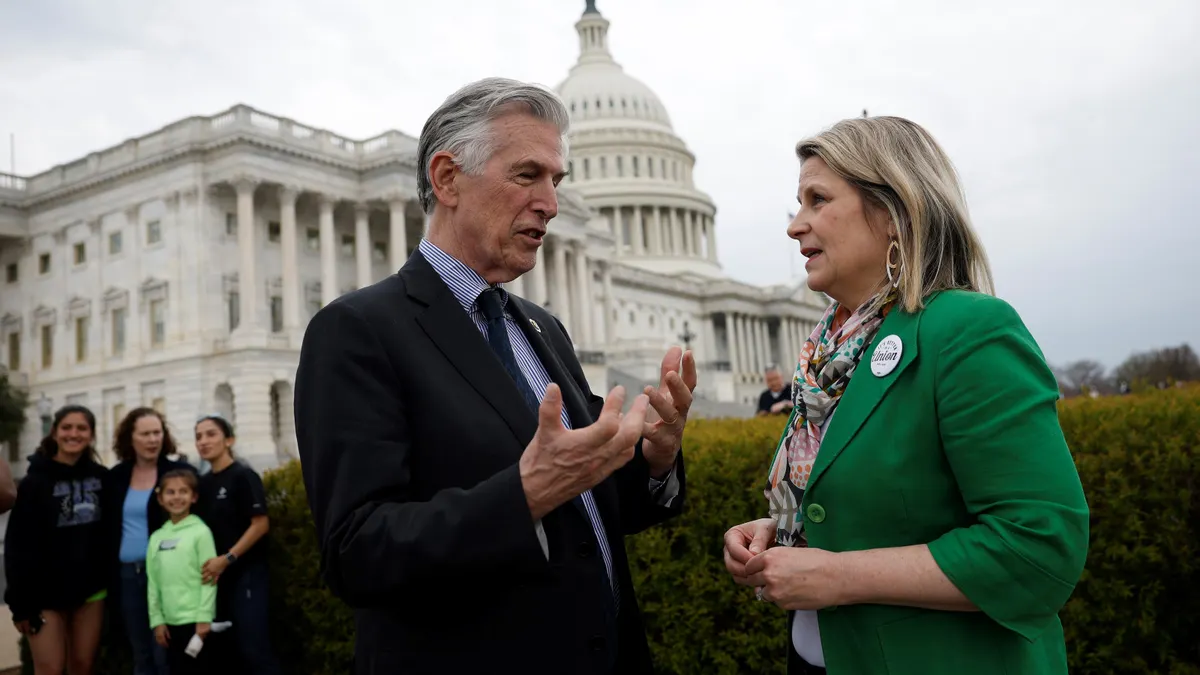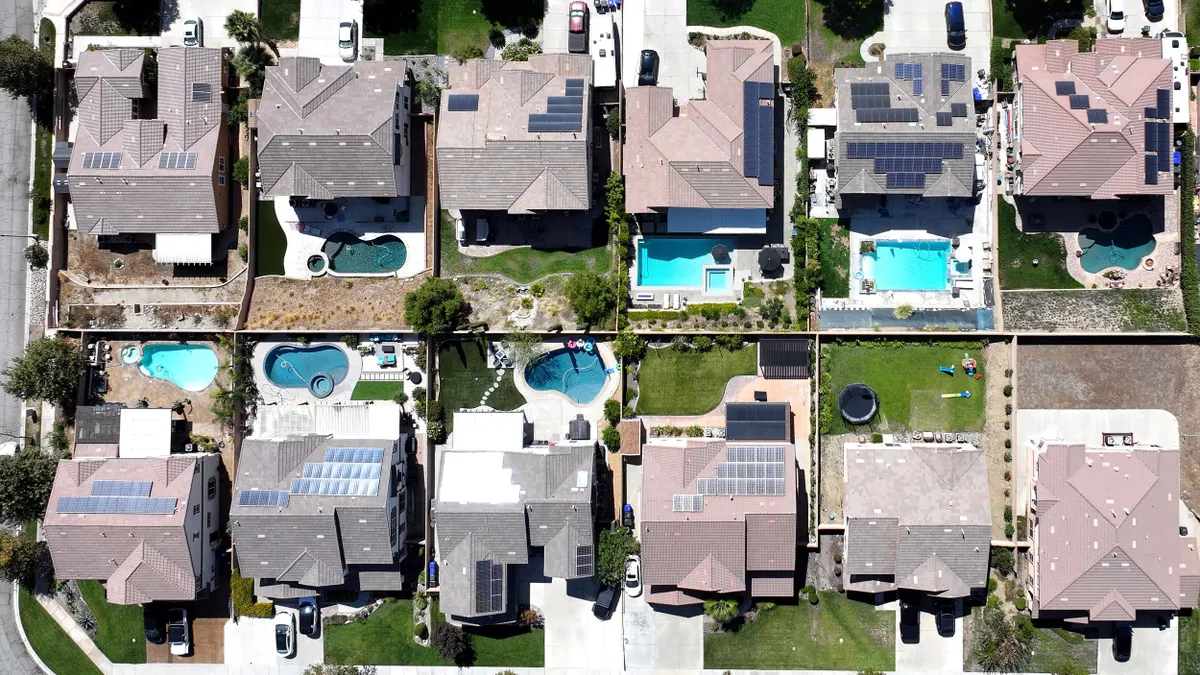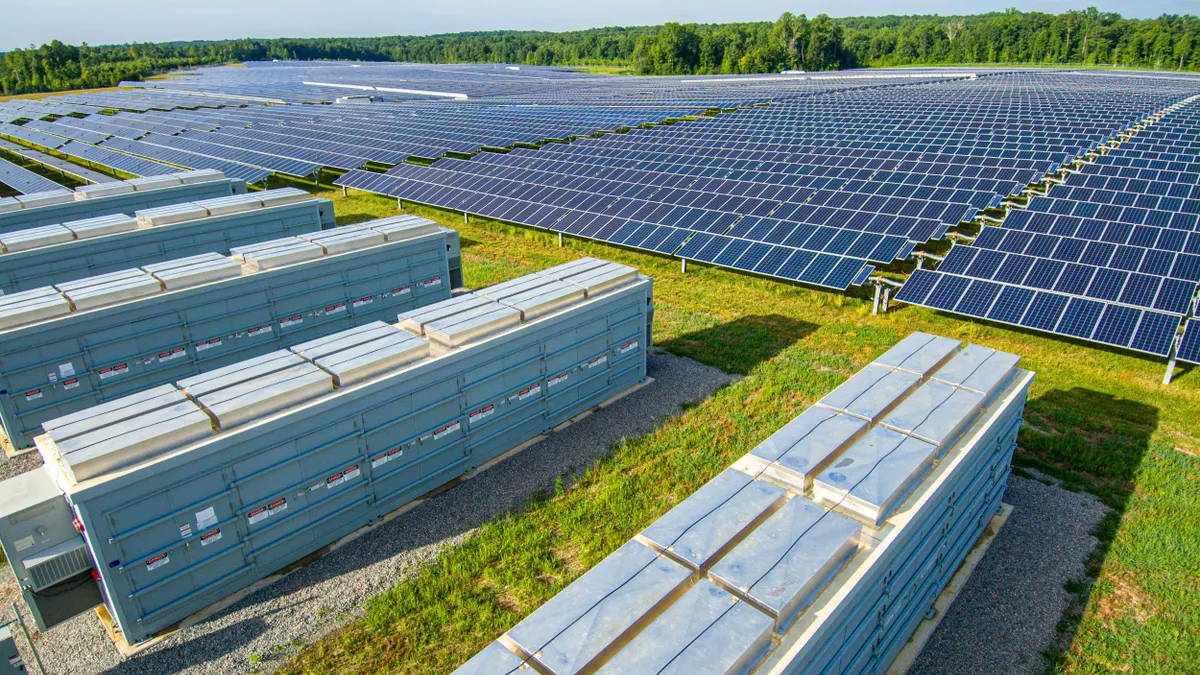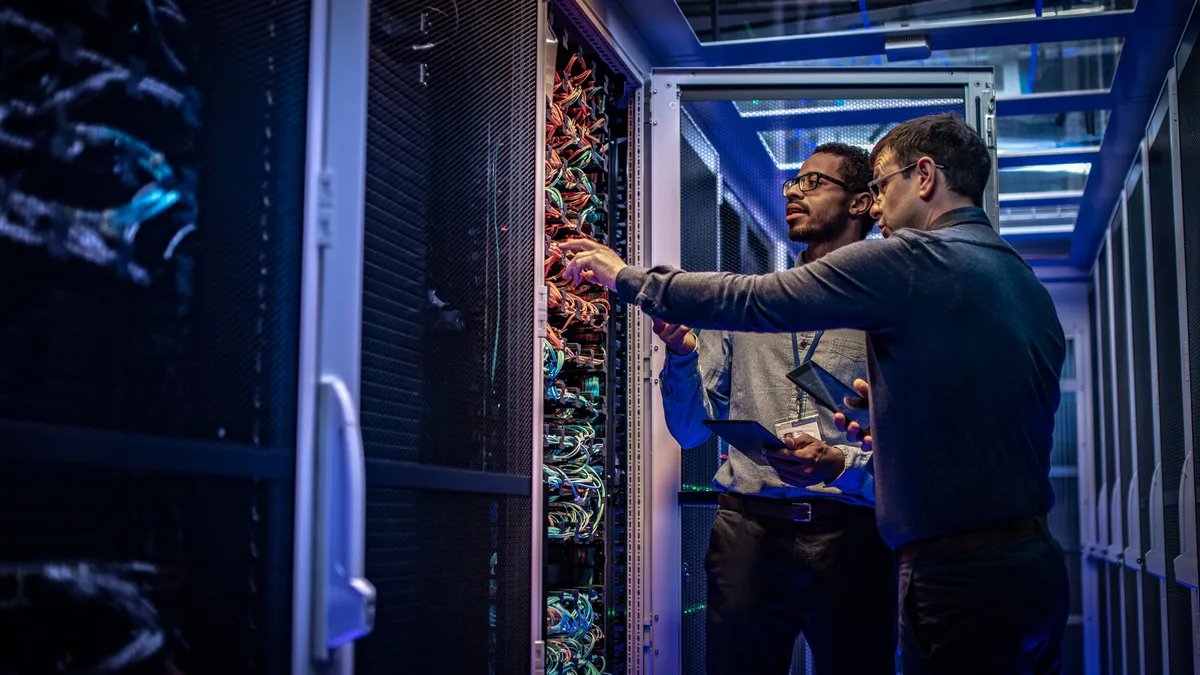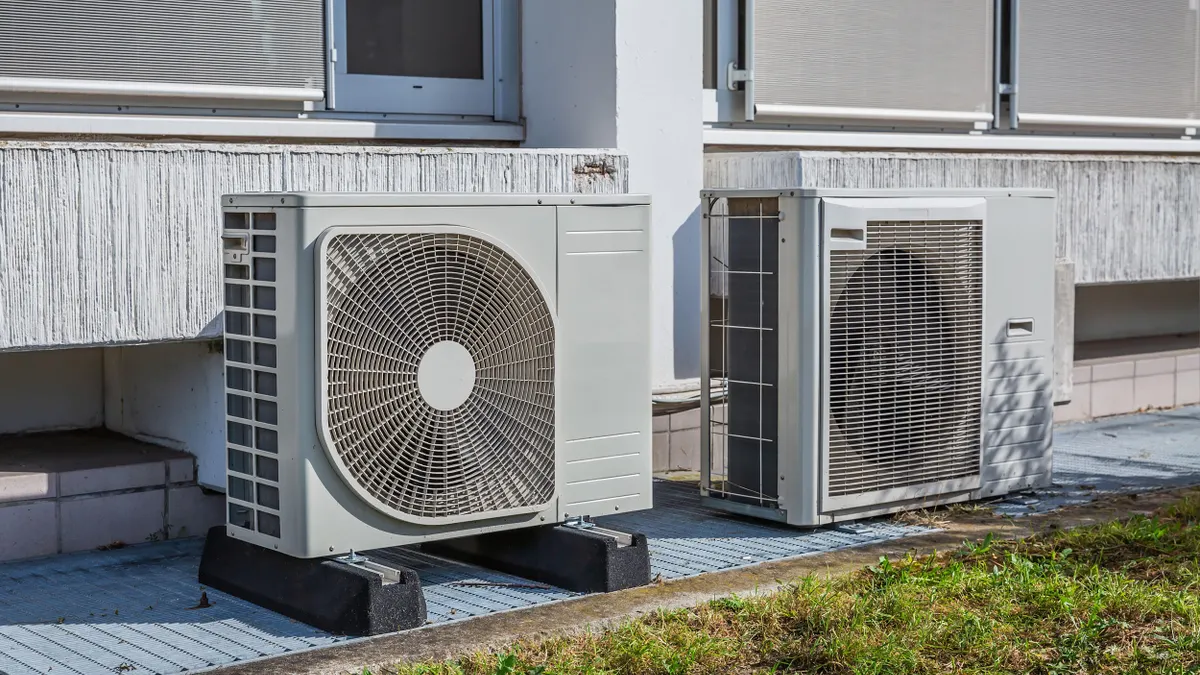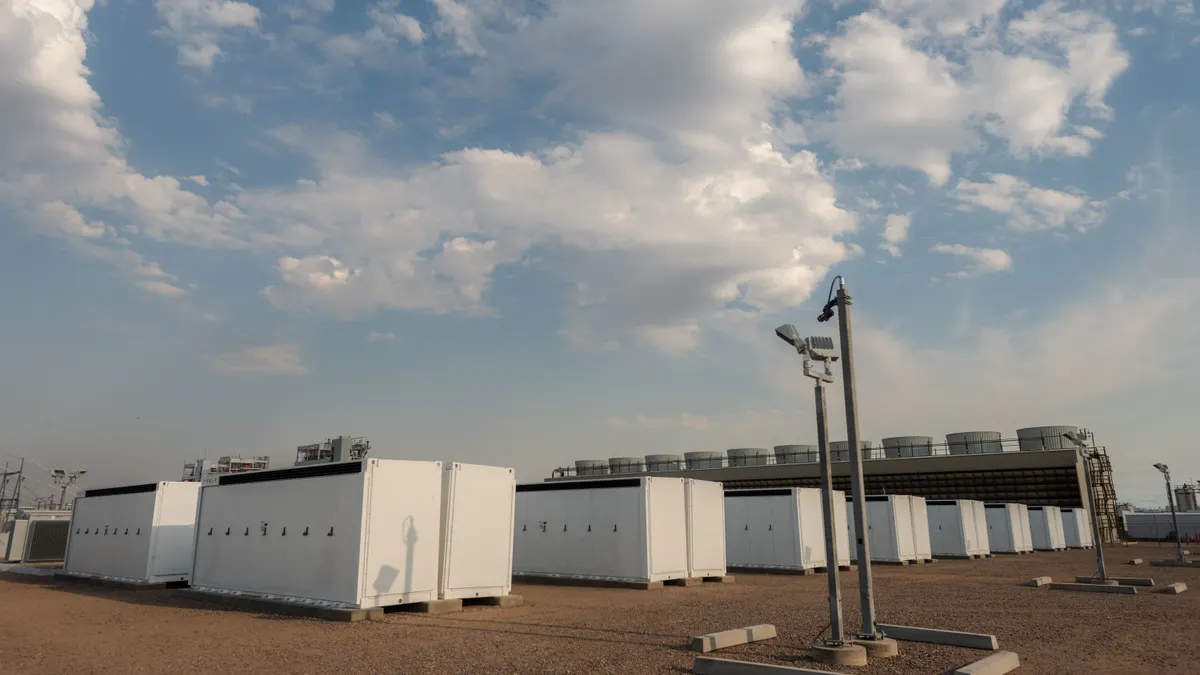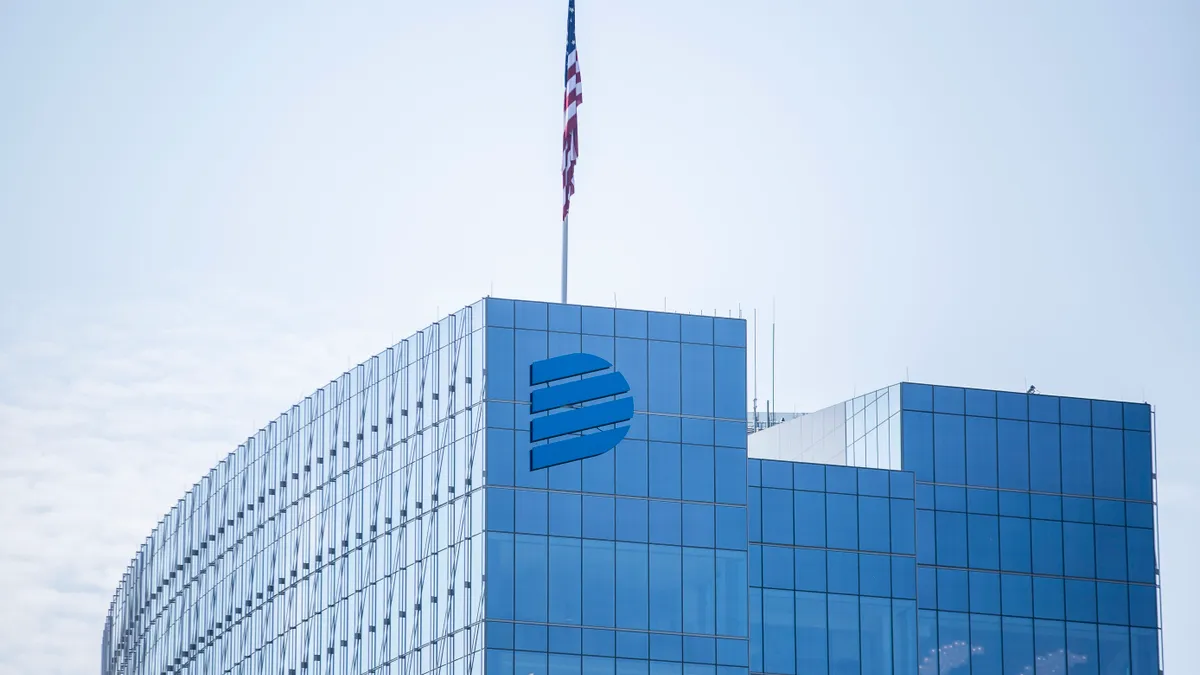Interest and investment in energy storage is growing rapidly, a fact highlighted by Navigant research last year that predicted grid and ancillary services would go from 1 GW in 2016 to almost 22 GW a decade later.
But while storage has traditionally been primarily about having backup power, a new wave of cheaper batteries with more advanced control technology is changing that trend. Navigant's report points out that in addition to the rapid increase in capacity, the range of services provided will broaden as well.
Energy storage systems to support generation capacity needs are expected to account for around 43% of all new capacity worldwide from 2016 to 2025, but frequency regulation, renewables ramping, peak shaving, and load smoothing will all become greater factors.
But as is not uncommon in the energy industry, technology has gotten ahead of regulation. Storage developers say they want to compete to provide these services in wholesale markets, but often find no place for them at the table.
"Storage is getting cost competitive and can do more and provide more services to the grid," said Arvin Ganesan, vice president of federal affairs at Advanced Energy Economy. "Utilities and RTOs have functioned the same basic way for decades now. Incorporating new technology is a challenge."
Take the example of Indianapolis Power & Light, which last year brought online a 20 MW, 20 MWh project. The Harding Street Station Battery Energy Storage System is capable of providing primary frequency response, but the Midcontinent ISO tariff didn't allow for it.
The utility asked FERC to step in, and last month federal regulators directed MISO to revise its tariff to allow participation of all electric storage resources, regardless of the technology.
At the same time, the commission has been examining ways it can address the issue more broadly. In November it launched a Notice of Proposed Rulemaking (NOPR) aimed at integrating storage resources into wholesale power markets, as well as rethinking its rules for distributed resources.
Comments on the NOPR reveal a broad range of specific concerns, from technical issues to cost recovery, but there are also themes that have echoed across a variety of proceedings and include jurisdictional questions and the ability for states to determine their resource mix.
"We always focus on the preservation of that distribution-side ability to plan and operate systems," said Paul Breakman, the National Rural Electric Cooperative Association's (NRECA) associate director and regulatory counsel. "When you look at the NOPR, we think it goes into some complex areas in terms of wanting to address things like distribution-side planning and concerns with security and reliability. I think FERC has to be careful not to step into that arena."
Jurisdiction & reliability
Issues of jurisdiction have been making energy news recently. The debate over FERC's Order 745 and demand response compensation, state programs to incentivize cleaner generation, and power plant subsidies have all been recent issues. If FERC pushes regional grid operators to create tariffs aimed at storage resources, some fear it could drive up prices.
"The biggest concern from my perspective is really that need to respect the state and local authority and preserve it for coops," said Breakman. "There's been a little of what I like to call 'FERC jurisdictional creep' over the last several years and this continues to go down that road — probably not by design, it's just the nature of distributed energy resources."
"We need to be able to choose what resources we want," Breakman said. "Our members should be able to choose what resource base they want and need. .... The truth is, utilities in Montana certainly have different options than utilities in Arizona."
Those comments were echoed by the National Association of Regulatory Utility Commissioners, which said in its own filing "the jurisdictional boundaries between the States and FERC need to be addressed and clarified."
"All States are responsible for ensuring reliable service and just and reasonable rates for retail consumers," wrote the group, which represents state utility regulators. "It is crucial that State authority remains intact under any final rule issued based on this NOPR."
On that reliability point, AEE's Ganesan cautioned FERC against allowing technical concerns to slow down progress. The organization's comments suggest modifying the commission's proposal to restrict aggregated distributed resources that are participating in retail compensation programs from also participating in wholesale markets.
The commission wants to avoid a potential double payment, but AEE said the rule is "overly broad, not in line with how DERs are participating in wholesale and retail markets today, and would undermine the stated goal of the NOPR."
"We think these issues are all issues that can be managed technically, and technology exists to integrate them seamlessly," he said. While some utilities have slowed solar interconnections to better manage the grid, Ganesan said adding storage to the grid should be a straightforward process.
"We want to make sure actors are going through a full analysis before saying it can't happen," he said. "It's not a question of the technical ability, but the ability to draw revenue streams. ... We want to make sure that simply not having done it before, and concerns about reliability, don't stop the process."
Look to experience
Many of the questions being posed in NOPR comments stem from fears of energy storage resources being double-compensated, possibly operating in both wholesale and retail markets at the same time. Much of this is new ground, but regulators can look to a few innovative grid operators for cues.
California has already allowed distributed energy resources to compete in the state's wholesale market, and the largest investor-owned utilities acquired about 80 MW in the most recent auction. Acting FERC Chairman Cheryl LaFleur last month told members of NARUC the commission would be "closely watching" the state.
“We are figuring out how they integrate them into their market and can probably learn from that in order to decide how far to go," she said, according to Greentech Media.
PJM Interconnection is also a player to watch. Storage resources "have already flourished in a number of PJM markets," the grid operator told FERC in its comments. "And through its stakeholder process, PJM is working to expand its market rules to allow for additional opportunities for ESRs and distributed energy resources."
PJM said about 300 MW of new energy storage resources have come into its market recently, and it has more than 1,100 MW of nameplate capacity demand response resources made up of batteries, reciprocating engines, combustion turbines, and other technologies.
Integrating distributed resources and energy storage "will likely have retail and wholesale market, operational and jurisdictional impacts," the operator said in its comments.
Particularly impacted could be resources located behind the meter, and PJM said it "believes it is necessary to work with its stakeholders and states to carefully develop technical requirements and methods to separate retail and wholesale transactions in order to ensure that behind the meter resources are eligible to provide the full array of retail and wholesale services that they are capable of providing, while also guaranteeing that such resources are not 'double compensated' or 'double charged' for services."
NRECA filed its comments jointly with the American Public Power Association. In their comments, the two groups said they “cannot overstate the importance” of FERC “making clear that where an LSE self-schedules electric storage resources, those resources should be permitted to participate as price-takers on the same basis as any other resource.”
With an eye towards bidding parameters, NRECA and APPA recommended that FERC provide flexibility for RTOs and ISOs to avoid bumping into storage resource limitations.
PJM hit that point as well, telling regulators that flexibility in implementation "is needed to accommodate RTO/ISO differences, while at the same time respecting the overall interest in enabling a nascent industry to flourish across the country, and not just in select geographic pockets."
"This is the direction markets and technology are going," said AEE's Ganesan. There are certainly questions to be answered, but he said FERC's proposed "rule is a very, very good first step in getting the grid operators to amend their tariffs to recognize these technologies that add tremendous value to the grid and consumers."




